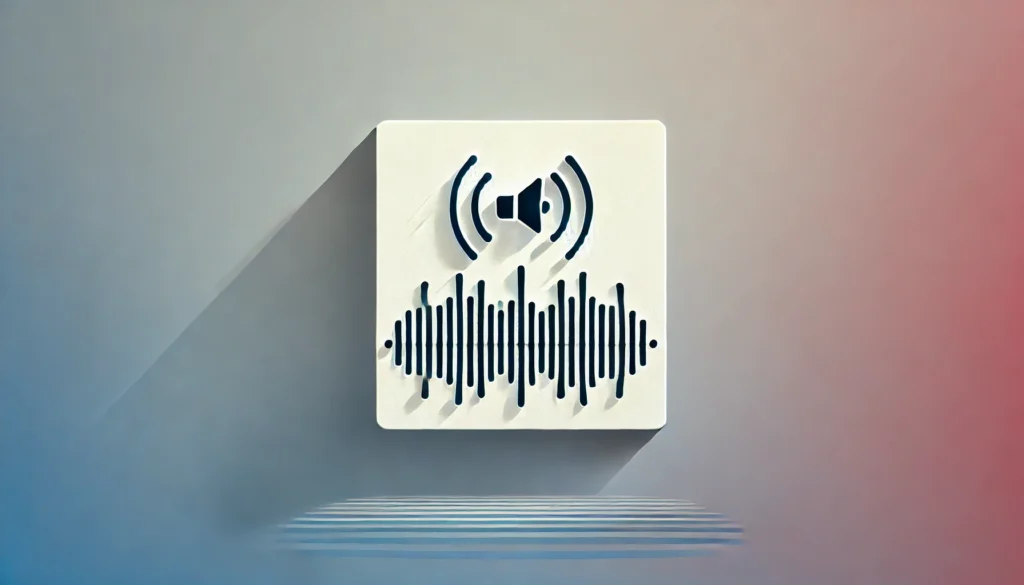P3D, or Panda3D, is a 3D rendering engine widely used in simulations, visualizations, and audio projects. It has become particularly popular in game development for creating real-time environments. While many focus on graphics, sound is equally important for crafting immersive experiences. Notably, the P3D Sound Cones Bank supports spatial audio systems, which allow directional sound through the use of sound cones.
Understanding Sound Cones in 3D Audio
Sound cones are essential for simulating directional audio in a 3D environment. They help shape the way sound is projected based on the listener’s position. For instance, a sound will become softer if the listener is behind the source, creating a more realistic effect. Additionally, sound cones adjust the direction, volume, and behavior of audio, mimicking how sound behaves in real life.
Why a P3D Sound Cones Bank Matters
In any 3D audio project, a P3D sound cones bank is invaluable. It serves as a collection of pre-made sound cones that simplifies the sound design process. Instead of manually configuring each sound cone, the bank provides ready-to-use options. As a result, developers save time and ensure consistency across different projects, especially larger ones.
What Is a P3D Sound Cones Bank?
Definition and Purpose
A P3D sound cones bank is essentially a library of sound cones specifically designed for 3D audio projects. This resource allows developers to control the direction and behavior of sound sources. Consequently, developers can apply predefined sound cones to their audio, streamlining the process. Its primary purpose is to simplify sound design, significantly reducing time spent on manual configurations.
The Concept of Sound Cones in 3D Audio
In 3D audio, sound cones represent how sound radiates from a source. The inner angle defines where the sound is most concentrated, while the outer angle controls how the sound fades away. Therefore, this technique allows sound to behave naturally depending on where the listener is positioned. By adjusting these parameters, developers can accurately mimic real-world audio behavior.
Advantages of Using a P3D Sound Cones Bank
The benefits of using a P3D sound cones bank are numerous. Firstly, it saves time by eliminating the need to create sound cones from scratch. Furthermore, it ensures consistency across projects by offering pre-made options that fit most common scenarios. Additionally, it provides scalability, allowing developers to design more complex soundscapes without extra effort. Ultimately, a well-organized sound cones bank boosts overall efficiency and enhances sound quality.
How Does a P3D Sound Cones Bank Work?
Sound Cone Parameters
Each sound cone in the bank comes with several key parameters, including inner and outer angles. These angles control both the focus and fading of the sound. Moreover, attenuation defines how sound decreases in intensity as the listener moves away. By carefully adjusting these parameters, developers can control how sounds behave in different environments.
Integrating Sound Cones into a P3D Engine
Integrating sound cones into a P3D project is straightforward. Developers can import the sound cones bank and assign cones to specific sound sources. For example, different sounds—such as music, dialogue, or environmental effects—can have their own unique sound cones. This flexibility allows developers to create more realistic audio environments.
Customizing the P3D Sound Cones Bank
Although the P3D sound cones bank offers pre-made options, it can also be fully customized. Developers can tweak cone parameters or even design new cones from scratch. For instance, a stealth game might require unique sound cones for footsteps and player movements. Therefore, custom cones give developers complete control over the audio experience, ensuring it aligns with the project’s specific needs.
Types of Sound Cones in a P3D Sound Cones Bank
Default Sound Cones
Firstly, default sound cones are pre-configured for general use cases. These include common sound categories like background music, character dialogue, and environmental noises. They are ideal for quick implementation, making them useful in most projects without any need for further adjustments.
Custom Sound Cones
On the other hand, custom sound cones are designed for more unique and specific needs. These cones are tailored to particular environments, such as underwater settings or enclosed spaces. Custom cones offer greater flexibility and allow developers to create personalized audio experiences that perfectly fit the unique demands of their projects.
Dynamic Sound Cones
Additionally, dynamic sound cones adapt to real-time changes in the environment or player movement. They adjust sound behavior as users interact with the scene, making them especially useful in interactive experiences like VR or AR. As a result, dynamic cones enhance realism and immersion by responding to the player’s actions in real time.
Best Practices for Using a P3D Sound Cones Bank
Organizing Your Sound Cones Bank
To maintain an efficient workflow, it is essential to keep your sound cones bank well-organized. Begin by categorizing cones based on their intended use, such as ambient sounds, character voices, or interactive elements. Furthermore, proper labeling and detailed documentation are crucial. This ensures that you can quickly find the appropriate sound cone when needed, saving time and effort.
Optimizing Sound Cones for Performance
In addition to organization, optimizing your sound cones is critical for ensuring smooth performance. For instance, avoid using too many active sound cones in one scene, as this can overload the system. Furthermore, minimizing the overlap between sound cones will reduce the strain on the processing engine. Always test your sound design in various scenarios to ensure performance is optimized.
Balancing Realism and Efficiency
While realism in sound design is important, balancing it with efficiency is crucial. For example, highly complex sound cones can slow down performance if overused. Thus, focus on essential sound elements and simplify the cones when necessary. This approach ensures high-quality sound while maintaining system performance, especially in larger projects.
Building Your Own P3D Sound Cones Bank
Tools and Software Required
To build a P3D sound cones bank, you’ll need several key tools. First, you’ll need the P3D engine itself, along with audio editing software like Audacity or Reaper. Additionally, scripting tools will help you manage and fine-tune the cones. Together, these tools allow you to efficiently organize and update your sound cones bank.
Designing Custom Sound Cones
When designing custom sound cones, begin by setting the inner and outer angles, as well as attenuation. Once you’ve configured these settings, it’s essential to test the cone in different environments to assess its performance. By designing custom cones, you ensure that each sound source behaves exactly as intended, thus enhancing the overall audio experience.
Exporting and Sharing Your Sound Cones Bank
After building your sound cones bank, you may want to export it for future use or share it with others. Exporting involves packaging the sound cones into a format compatible with other P3D projects. Moreover, sharing your sound cones bank with the developer community is a great way to receive feedback and contribute to collaborative audio design.
Real-World Applications of P3D Sound Cones Bank
Game Development
In game development, directional audio is critical for creating immersive experiences. A P3D sound cones bank allows developers to simulate how sound changes based on the player’s position. For example, a gunshot sounds different if the player is facing the source or turned away. By using a sound cones bank, developers can ensure accurate sound placement, enhancing immersion.
Virtual Reality (VR) and Augmented Reality (AR)
In the realm of VR and AR, spatial audio is key to realism. A P3D sound cones bank enables real-time adjustments to audio, allowing sounds to react naturally to user movements. Consequently, this enhances the sense of presence in virtual environments, making the experience more immersive and convincing.
Simulations and Training Programs
Sound is just as crucial in simulations and training programs. A sound cones bank can simulate real-world sound behaviors, making training environments more authentic. Whether used in flight simulators or medical training, sound cones help create realistic auditory cues, improving the accuracy of these simulations.
Troubleshooting Common Issues with P3D Sound Cones Bank
Common Pitfalls When Using a P3D Sound Cones Bank
There are a few common issues developers may encounter when using a P3D sound cones bank. Misconfigured parameters, for example, can lead to unnatural sound behaviors. Additionally, using too many overlapping cones can negatively impact performance. To avoid these pitfalls, test the sound cones regularly and adjust them to fit the environment.
Debugging Sound Cone Performance
When debugging sound cones, start by reviewing the parameters and checking for any conflicts between cones. Furthermore, use profiling tools to monitor performance and identify any bottlenecks. By doing so, you can fine-tune the sound cones to ensure they work smoothly in your project.
Conclusion
Why Every Developer Needs a P3D Sound Cones Bank
In conclusion, a P3D sound cones bank is an indispensable tool for any developer working on 3D audio projects. Not only does it simplify the process of implementing realistic directional audio, but it also ensures consistency across different sound sources. By using a sound cones bank, developers can focus more on crafting engaging and immersive experiences.
Next Steps
As you begin exploring the world of 3D audio design, start by experimenting with sound cones. Whether you use default cones or design custom ones, building your own sound cones bank will enhance the quality of your audio. Furthermore, sharing your work with the community can open up new opportunities for collaboration and improvement. Ultimately, sound cones are a powerful tool for creating high-quality, immersive audio environments.


